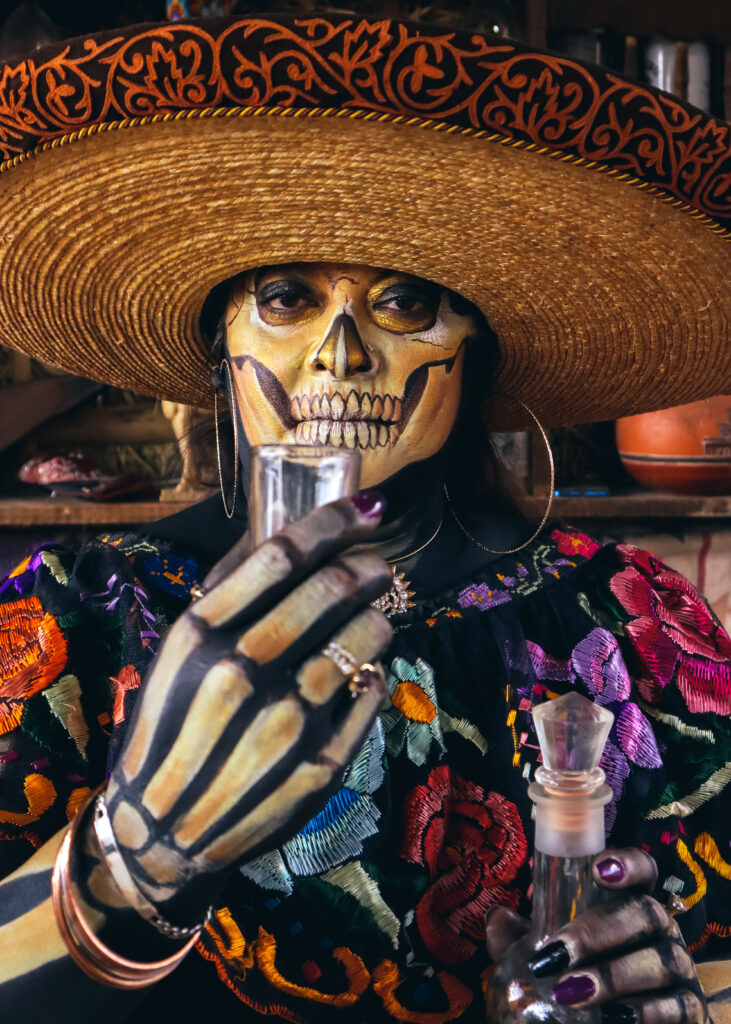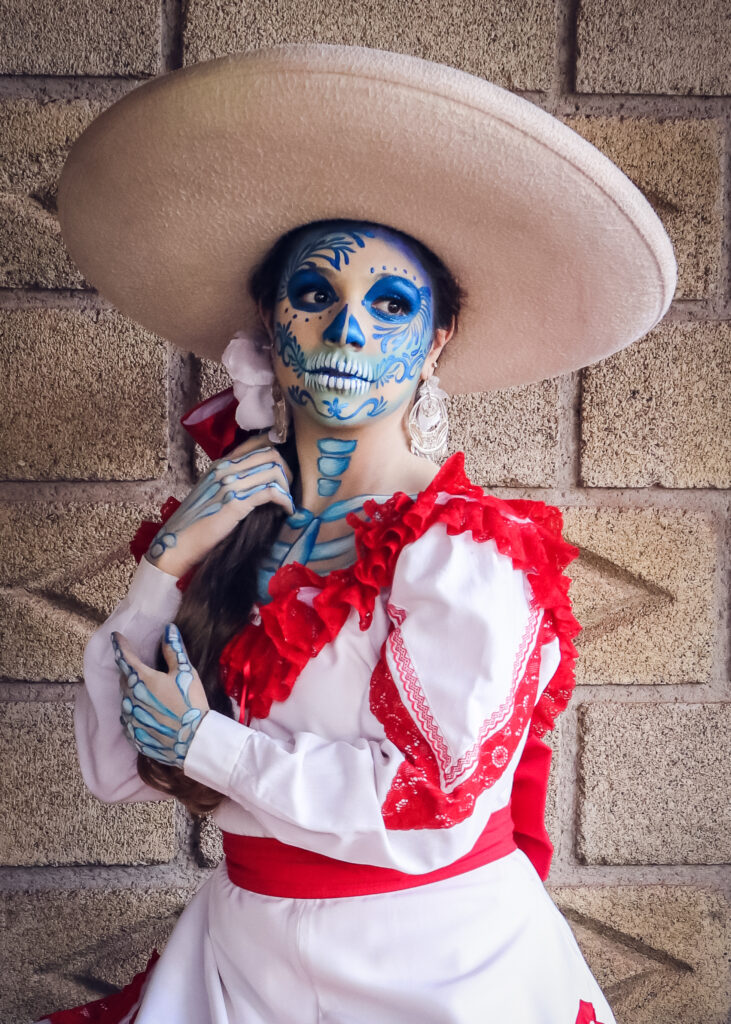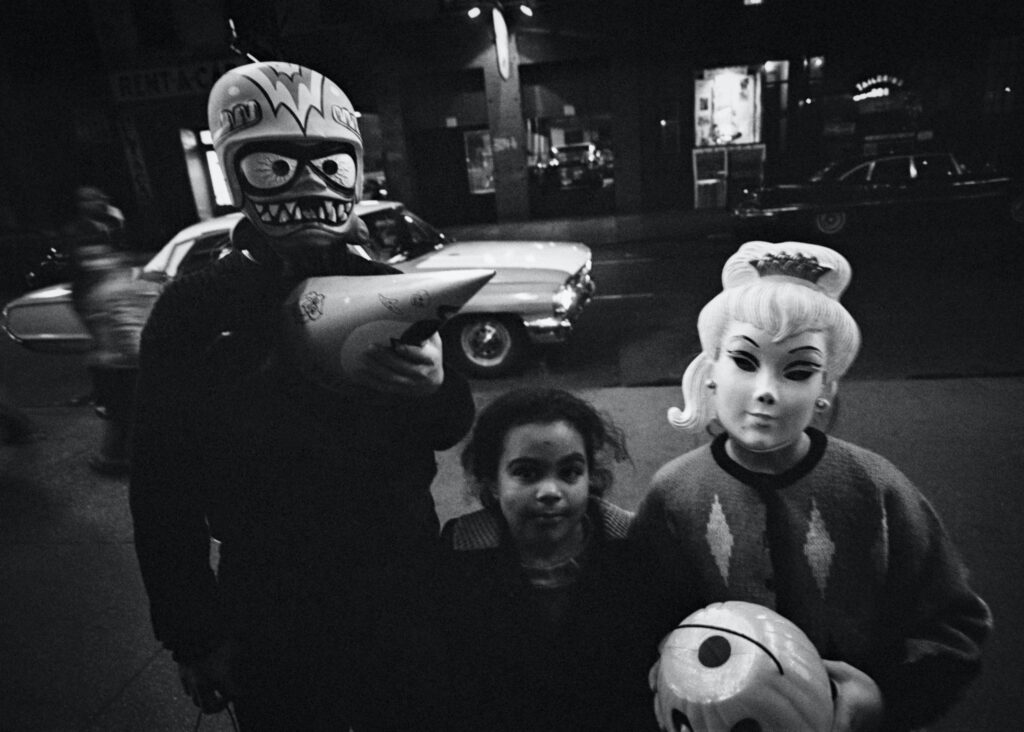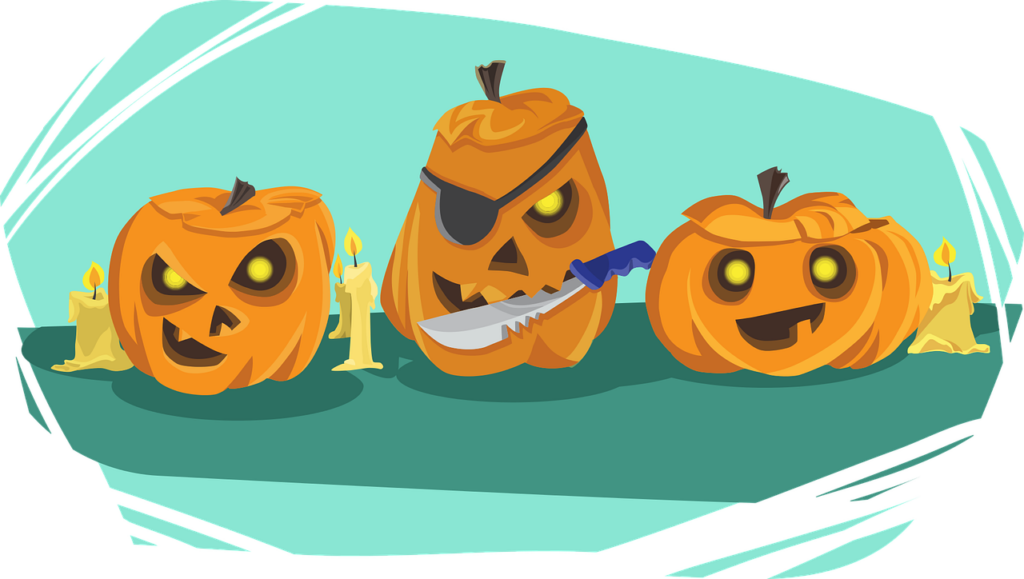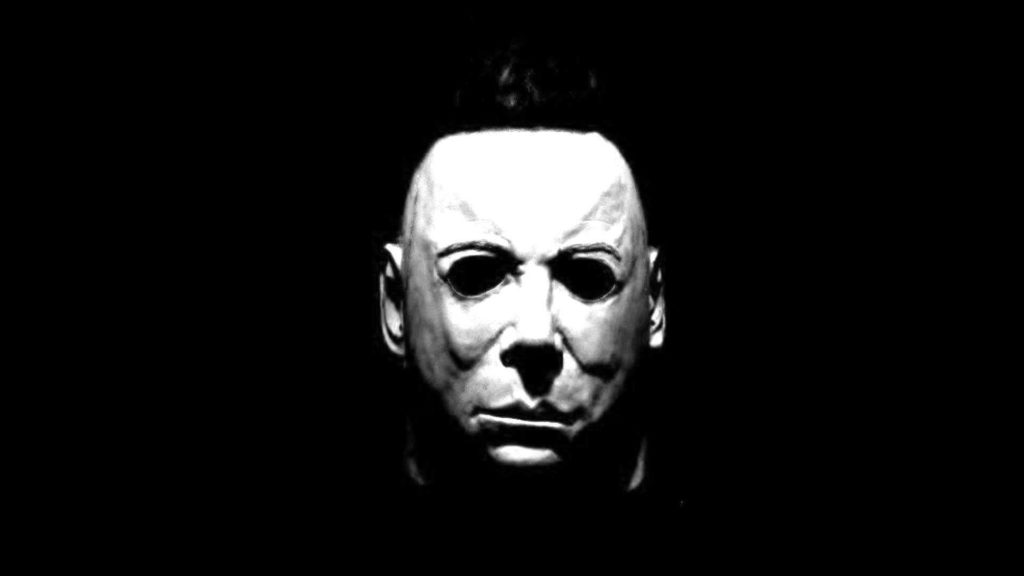Unmasking Ghosts, Ghouls and Goblins: Highlighting Iconic Halloween Characters and Their Origins
“Unmasking Ghosts, Ghouls and Goblins: Highlighting Iconic Halloween Characters and Their Origins” lets you in on a little secret about your favorite Halloween characters. Have you ever wondered where the stories about these spooky beings came from? Maybe, you’ve asked yourself, “Why do ghosts wear bed sheets?” or “Why are goblins always causing trouble?” This fun-filled article will take you on a journey back in time to discover the fascinating origins of these iconic Halloween characters. By the end, you’ll be a Halloween whizz, ready to share the cool stories behind the boos and scares!
![]()
This image is property of images.pexels.com.
A Haunting Chronology: History of Halloween
The Celtic Beginnings
Did you know Halloween began a long time ago? The Celts, people who lived more than 2,000 years ago, had a special day called Samhain. They believed ghostly spirits came to earth, so they’d light big fires and wear costumes to chase them away.
Christian Influence and All Hallows’ Eve
As Christianity spread, people tried to mix these old beliefs with the new ones. The church named November 1st as All Saints’ Day, a day to remember saints and martyrs. The night before was known as All Hallows’ Eve, which eventually became Halloween.
Modern Day Halloween: A Global Celebration
Today, Halloween is a big party around the world. People of all ages dress up, carve pumpkins, and share scary stories. It’s a fun time to connect with friends and neighbors.
Summoning Spirits: The Ghost Tale
Beliefs and Superstitions Around Ghosts
People all over the world believe in ghosts. Some believe they’re the spirits of people who’ve passed away, while others think they’re just imaginations.
Ghost Stories and Their Cultural Significance
Ghost stories play a big part in our culture. They can teach us lessons and also give us a good scare! Each culture has its own collection of ghost stories that have been shared from generation to generation.
Ghosts in Popular Halloween Folklore and Media
Ghosts are a big part of Halloween. We see ghosts in movies, books, and even in decorations for Halloween parties.
Gleaming in the Night: The Truth About Ghouls
Arabian Folklore and the Ghoul
Ever heard of a ghoul? This scary creature came from Arabian folklore. People believed ghouls lived in graveyards and ate human flesh. Yikes!
Western Adaptation and Reinterpretation
As the story of ghouls traveled to the Western world, their image changed. They were no longer seen as flesh-eating monsters but as devious, shapeshifting creatures that added a spooky element to stories.
Ghouls in Halloween Traditions and Entertainment
Ghouls are now a common creature during Halloween. We see them in decorations, costumes, and even in Halloween TV specials and movies.
From Farm to Fright: The Goblin Story
Origins in European Mythology
Goblins, small mischievous creatures, come from European mythology. They were believed to cause trouble and were often blamed for lost items or mishaps.
Role in Folklore and Fairy Tales
These little troublemakers also star in many fairy tales and folk stories. They’re usually the villains in the story, often causing trouble for the heroes.
Goblins’ Contribution to Halloween
Today, goblins have a place in Halloween as lovable, naughty attributes to the holiday. Children often dress up as these cheeky creatures to celebrate Halloween.
![]()
This image is property of images.pexels.com.
Bewitched: Delving into the World of Witches
Historical Witch Hunts
A long time ago, people were scared of witches. They thought witches were evil and could use magic to hurt others. Because of this fear, many were unfairly judged and punished.
Contemporary View and Wicca
Today, we understand witches differently. Some people even follow a peaceful religion called Wicca, named after the old English word for witch.
Witches on Broomsticks: A Halloween Staple
Witches became a symbol of Halloween mainly because of their popular image: women flying on broomsticks. Year after year, kids love to dress up as witches for Halloween.
Beneath the Full Moon: The Legend of Werewolves
Lycanthropy: Myth or Medicine?
Werewolves are beings that were once humans but turn into wolves. Some old stories believe these transformations were caused by a condition called lycanthropy, but we know now it was just a myth.
Werewolves in Literature and Media
Since those times, werewolves have howled their way into books, movies, and TV shows. They’ve become a favorite during Halloween, often depicted as either terrifying beasts or misunderstood creatures.
The Role of Werewolves in Modern Halloween
Werewolves have become a standard Halloween costume and popular topic for scary stories during Halloween season.
![]()
This image is property of images.pexels.com.
Fanged and Feared: Vampires
Vampire Folklore Around the World
The idea of vampires, the undead beings who drink blood, exists in many cultures. Different countries have their own versions of vampire stories.
Dracula: The Quintessential Vampire
The most famous vampire is Dracula, from a book written by Bram Stoker. His story has helped shape how we see vampires today.
From Horror to Halloween: Vampires Then and Now
Vampires have gone from terrifying creatures in folklore to popular characters in modern stories and Halloween celebrations.
Craving Brains: Uncovering Zombies
Zombie Origins in Haitian Voodoo
Zombies come from Haitian culture. They were believed to be dead bodies reanimated by magic or spells. They then become mindless creatures who only want to eat brains.
Zombies in Pop Culture and Media
Zombies have found their way into our popular culture. They are often seen in movies and video games where their goal is to turn everyone into zombies.
Zombies and Halloween: Walking Dead Parades and Parties
Zombies have become a popular theme for Halloween parties and parades. People dress up as zombies and have a lot of fun pretending to be part of the walking dead.
The Friendly Fiend?: Understanding Frankenstein’s Monster
Mary Shelley’s Creation
Frankenstein’s monster was created in a book written by Mary Shelley. He was a creature created from dead bodies and brought to life by electricity.
From Literature to Halloween Icon
The monster has become a Halloween favorite because of his eerie look and tragic story.
Frankenstein’s Monster in Modern Halloween
Today, kids and adults love to dress up as Frankenstein’s monster for Halloween. Builders even construct big Frankenstein props to decorate their houses and yards.
The Halloween Junkie Take
Rediscovering the Legends
Every year as Halloween rolls around, new generations discover the thrill of these timeless tales, giving old legends a fresh life.
Respecting Cultural Roots
It’s also important that while we enjoy these stories and characters, we remember and respect their origins.
The Real Fear Factor: Losing the History in the Horror
Let’s not let the real fear this Halloween be forgetting the history behind the holiday and its characters. After all, each monster, ghoul, and ghost has a tale to tell!












